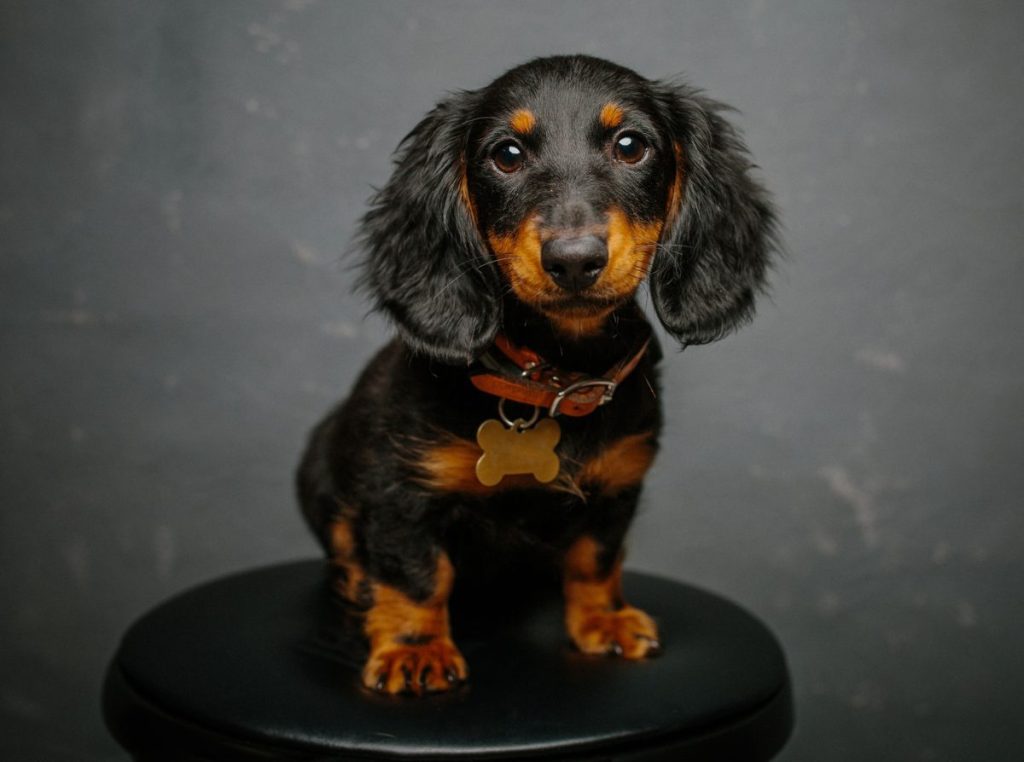The Dachshund, affectionately called the Wiener Dog, Sausage Dog, and Doxie, is a small German scenthound with short legs and an elongated body first bred to hunt tunneling animals like rabbits or foxes. Hunters even used packs of Dachshunds to trail wild boar, which might be surprising considering the reputation for how dangerous wild boar can be. But certainly, this shows that the…

Dachshund
Statistics
Dog Breed Group
Hound Dogs
Height
8 inches to 9 inches tall at the shoulder
Weight
16 to 32 pounds
Life Span
12 to 15 years
Trending
No content yet. Check back later!